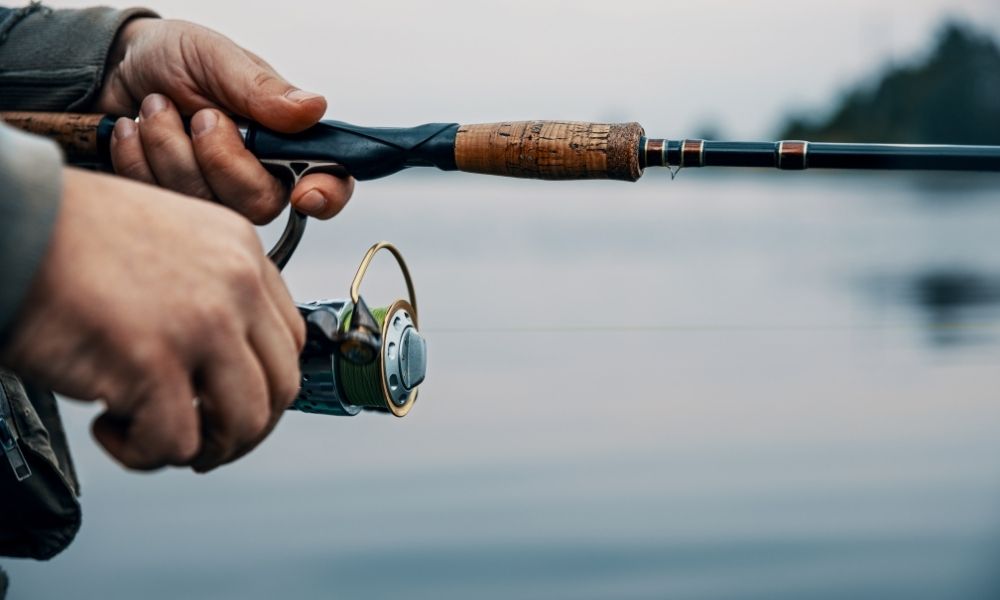
When fishing, you typically only want to hold onto prize catches or dinner. However, some fish are so damaging to local ecosystems that you shouldn’t through them back into the wild regardless of their size. If you want to ensure that non-native species don’t take over your favorite fishing spot, learn about these invasive fish that you shouldn’t throw back.
Snakehead
Snakeheads are a unique fish that can breathe air and squirm across land when they want to. Although they pose no real threat to humans unless threatened, they do prey on small fish, mammals, and birds.
This long predatory fish is originally from Africa and Asia, but it is now found in Florida, California, Hawaii, Maine, Rhode Island, and Virginia, where it decimates local animal populations. So, if you happen to catch one, don’t throw it back. Also, be careful not to let it squirm its way back into the water.
Carp
There are four types of invasive carp: bighead carp, black carp, grass carp, and silver carp. Carp was initially introduced from Asia to US waterways in an effort to clean up algae and other underwater plants from canals. Carp will consume just about everything in its path, so it seemed like a perfect match for this task. However, experts didn’t predict how fast the carp population would balloon, nor that they’d escape into the Mississippi Basin.
From the Mississippi River, carp have gained access to the major rivers in North America. Because of their ability to eat and consume underwater foliage, they are destroying the habits of native fish, killing them off in the process. If something isn’t done soon to help slow the spread of this invasive species, trout, bass, and other angler favorites will begin disappearing from our waters.
Lionfish
Despite their fun name and beautiful colors, lionfish are becoming an ongoing problem for states around the Gulf of Mexico and the Western North Atlantic. Known for its venomous fin rays, this fish is native to reefs in the South Pacific and the Indian Ocean. But in the past 20 years, populations of this fish have increased exponentially, and while they used to be a rare sighting in North America, they have since become common in our waters.
Preying on fish like grouper and snappers, this species has no natural predators. Also, because of their tendencies to ear herbivores that typically keep reef growth in check, the lionfish have thrown off the natural ecosystems of the Atlantic. So, just like carp or snakehead in freshwater, don’t throw back a lionfish if you catch one in saltwater. Also, make sure that you don’t touch one of its spikes, or else it will sting you.
Now that you know about the invasive fish that you shouldn’t throw back, you’ll be able to identify the fish wreaking havoc on your local habitats the next time you’re out on the water.
